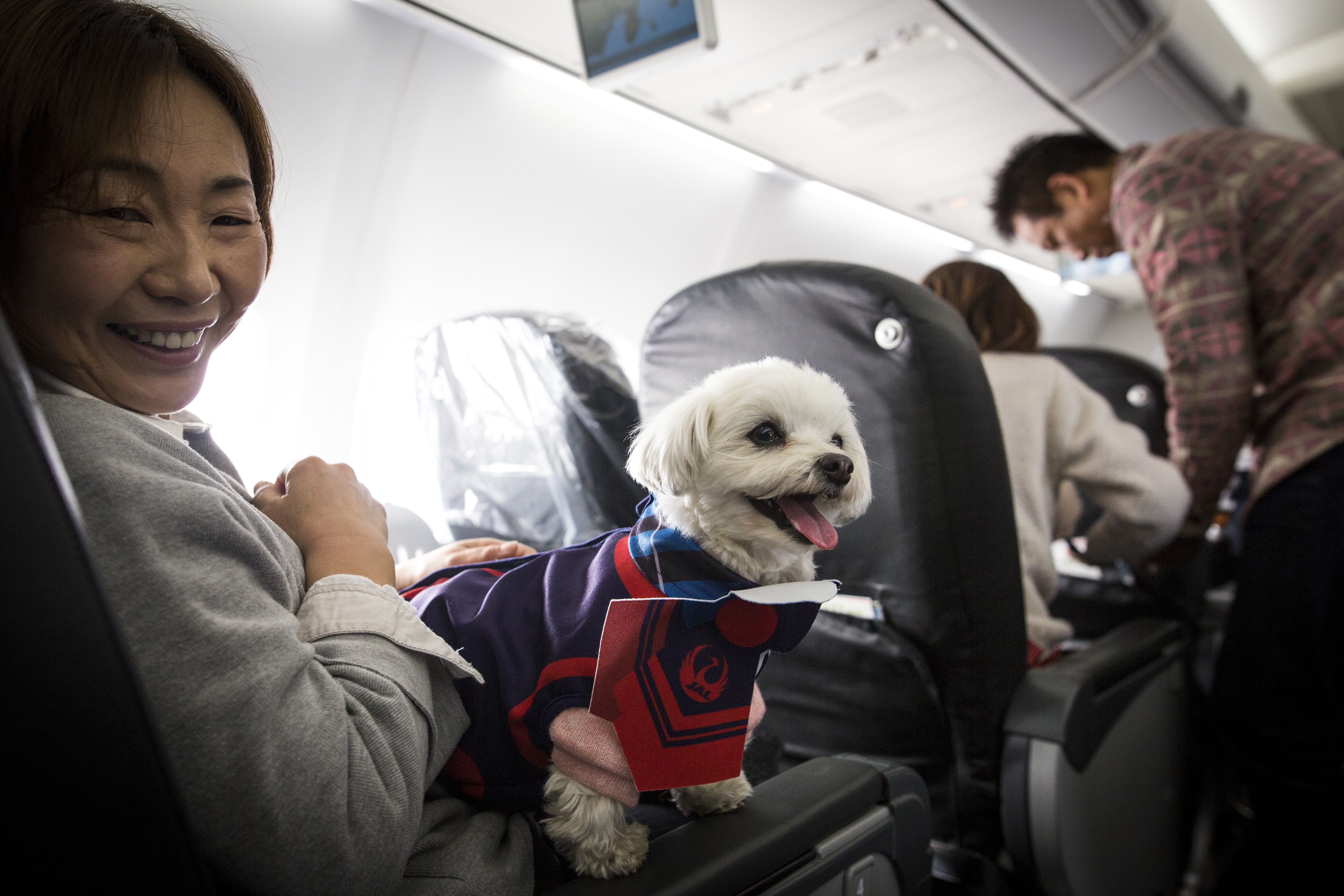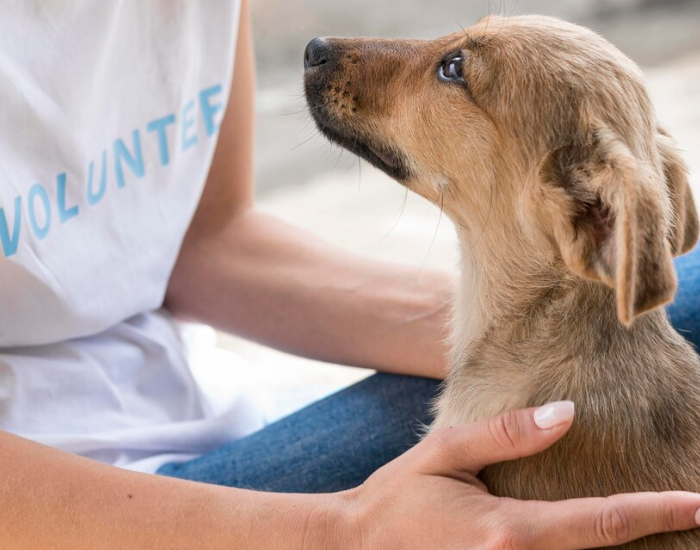- Understanding Assistance Dogs
- Airline Policies and Regulations
- Air Carrier Access Act (ACAA) (USA): Provides protection for passengers traveling with service animals.
- The ACAA protects the rights of individuals with disabilities in air travel. Key points include:
- Documentation and Verification
- Additional Considerations
- European Union Aviation Safety Agency (EASA): Regulations for air travel within the EU.
- Regulation (EC) No 1107/2006
- Practical Considerations
- Additional Resources
Flying with assistance dogs, such as service dogs and emotional support animals (ESAs), has become a topic of considerable interest and debate in recent years. For individuals who rely on these animals for daily assistance or emotional support, air travel can present significant challenges. However, both legislation and airline policies are evolving to accommodate the needs of these passengers. In this comprehensive guide, we'll explore the regulations, requirements, and practical considerations associated with flying with assistance dogs.
Understanding Assistance Dogs
What are Assistance Dogs?
Assistance dogs are specially trained animals that provide essential services to individuals with disabilities or specific medical conditions. There are different types of assistance dogs, including:
1. Service Dogs: These dogs are trained to perform specific tasks that mitigate their owner's disability. Tasks may include guiding the blind, alerting to seizures, or retrieving items.
2. Emotional Support Animals (ESAs): These animals provide comfort and emotional support to individuals with psychiatric or emotional disabilities. ESAs do not require specialized training, but they do require a letter from a licensed mental health professional.
3. Therapy Dogs: Unlike service dogs and ESAs, therapy dogs are trained to provide comfort and affection to people in hospitals, schools, nursing homes, and other settings.
Legal Definitions
Service Dogs: Covered under the Americans with Disabilities Act (ADA) in the United States, service dogs are allowed to accompany their owners in public places, including airplanes.
Emotional Support Animals: Not covered under the ADA, ESAs are protected under the Fair Housing Act (FHA) and the Air Carrier Access Act (ACAA) for air travel.
Airline Policies and Regulations
Air Carrier Access Act (ACAA) (USA): Provides protection for passengers traveling with service animals.
The ACAA protects the rights of individuals with disabilities in air travel. Key points include:
1. Service Dogs: Airlines must allow service dogs to accompany passengers with disabilities in the cabin, free of charge. Documentation may be requested to verify the dog's training and purpose.
2. Emotional Support Animals: Airlines are required to accommodate emotional support animals if certain conditions are met. These include providing a letter from a licensed mental health professional certifying the need for the ESA and the passenger's disability status.
Documentation and Verification
Service Dogs: Airlines may require documentation, but the ADA does not mandate specific identification or paperwork.
Emotional Support Animals: Airlines typically require passengers to submit documentation at least 48 hours in advance of travel, including a letter from a licensed mental health professional and a form completed by the passenger.
Additional Considerations
International Travel: Regulations may vary by country. Research the requirements of the destination country well in advance of travel.
Multiple Leg Flights: Each airline may have different policies regarding assistance dogs, so it's essential to check with each airline in your itinerary.
European Union Aviation Safety Agency (EASA): Regulations for air travel within the EU.
Regulation (EC) No 1107/2006
The cornerstone of disability rights in European air travel is Regulation (EC) No 1107/2006, also known as the Regulation concerning the rights of disabled persons and persons with reduced mobility when travelling by air. This regulation mandates that individuals with disabilities or reduced mobility receive assistance and have access to air travel without discrimination or additional cost.
Both airports and airlines have specific responsibilities to ensure compliance with Regulation (EC) No 1107/2006:
• Airports: Must provide necessary assistance from designated points of arrival, such as parking areas and public transport terminals, to the aircraft. This includes check-in, security clearance, boarding, and baggage handling.
• Airlines: Are responsible for ensuring that disabled passengers receive assistance on board, including seating arrangements and the safe transport of mobility equipment and service animals.
Assistance dogs play a crucial role for many disabled passengers. Under EASA regulations, assistance dogs are allowed to travel in the cabin with their owners, provided they meet specific criteria:
• Documentation: Owners may need to provide documentation verifying that the dog is a trained assistance animal.
• Advance Notice: Passengers are typically required to notify the airline about their assistance dog at least 48 hours before departure.
• Compliance with Health and Safety: The dog must comply with health and safety requirements, which may include vaccinations and health certificates, especially for international travel.
Practical Considerations
Booking Your Flight
When booking a flight with an assistance dog:
Contact the Airline: Notify the airline at the time of booking about your assistance dog. This ensures that they can accommodate you and your dog.
Seat Selection: Choose a seat that provides enough space for your dog to sit or lie comfortably.
Preparing for the Flight
Exercise and Bathroom Breaks: Ensure your dog has had ample exercise and has relieved itself before the flight.
Feeding: Avoid feeding your dog a large meal before the flight to minimize discomfort.
During the Flight
Behavior: Your dog should be well-behaved and under your control at all times.
Comfort: Bring items such as a blanket or toy to keep your dog calm during the flight.
Handling Security and Boarding
Security Screening: Be prepared for additional screening, as TSA agents will likely need to screen your dog and its equipment.
Boarding: Board early if possible to settle your dog and avoid the rush of passengers.
Traveling with assistance dogs, whether they are service dogs or emotional support animals, is protected under the Air Carrier Access Act and other legislation. By understanding the requirements and preparing adequately, you can ensure a smooth and stress-free journey for both you and your assistance dog. Remember to always check with your airline in advance and prepare all necessary documentation to avoid any issues on the day of travel. With careful planning, you and your assistance dog can safely and comfortably enjoy your flight to your destination.
Additional Resources













